Teaching Materials
Here, you can find teaching material from student courses, tutorials, and workshops. If not stated otherwise, the materials are published under Creative Commons Attribution 4.0 International License

Our Curated Collection of Third-Party Materials
Video Tutorials
Course Materials
-
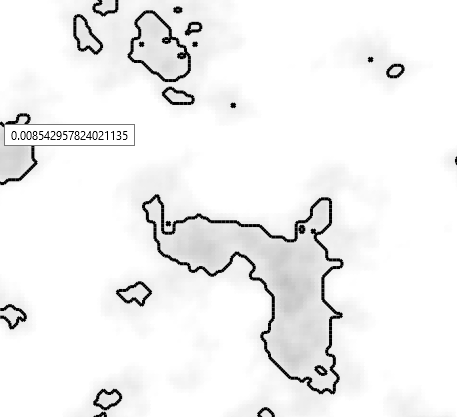 Visualization Algorithms
Visualization Algorithms
Two tutorials with exercises for algorithms frequently used in visualization: Shepard's interpolation helps to reduce the number of displayed data points and Marching Squares computes so-called isolines over our data, enclosing regions of equal data density.
On Observable. For the Data Visualization course
-
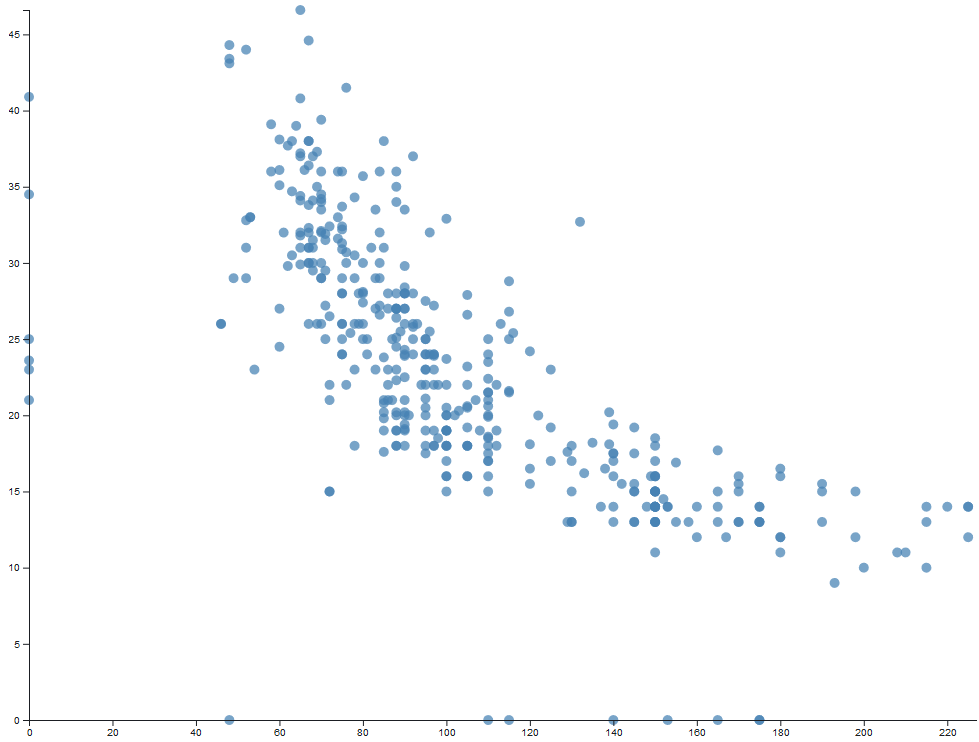 D3 Tutorial Notebooks
D3 Tutorial Notebooks
Series of three tutorials with exercises, explaining the basics of visualization creation in D3, such as selections, scales, and the data join.
On Observable. For the Data Visualization course
-
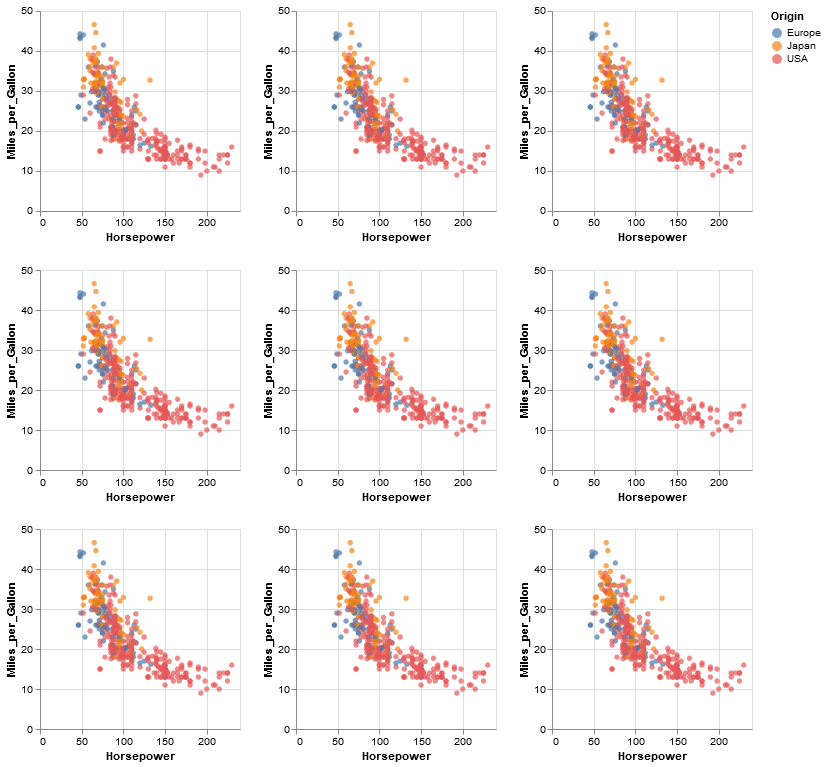 Vega-Lite Tutorial Notebooks
Vega-Lite Tutorial Notebooks
Series of three tutorials with exercises, explainging the basics of declarative visualization with Vega-Lite, from bar chart to scatter plot matrix.
On Observable. For the Data Visualization course
-
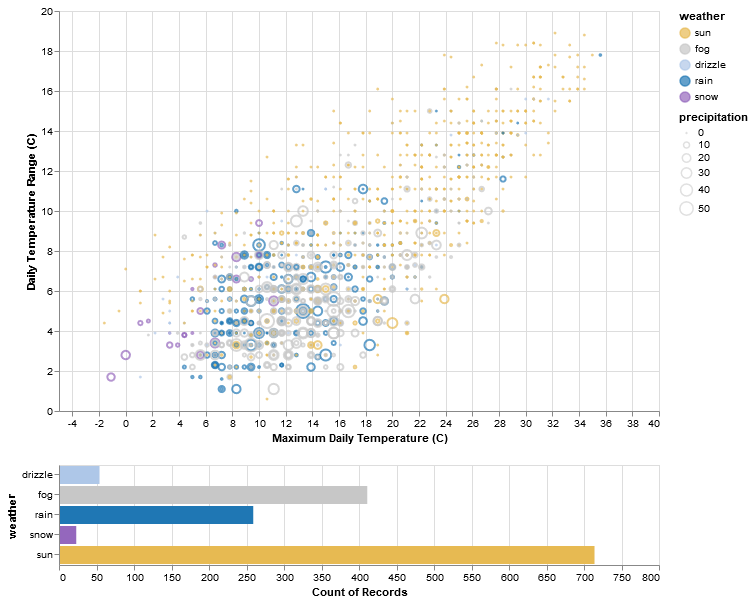 Altair Tutorial Notebooks
Part 1
Part 2
Altair Tutorial Notebooks
Part 1
Part 2
Two tutorials for basic declarative visualization in Python.
On Collab. For the Data Visualization course.
-
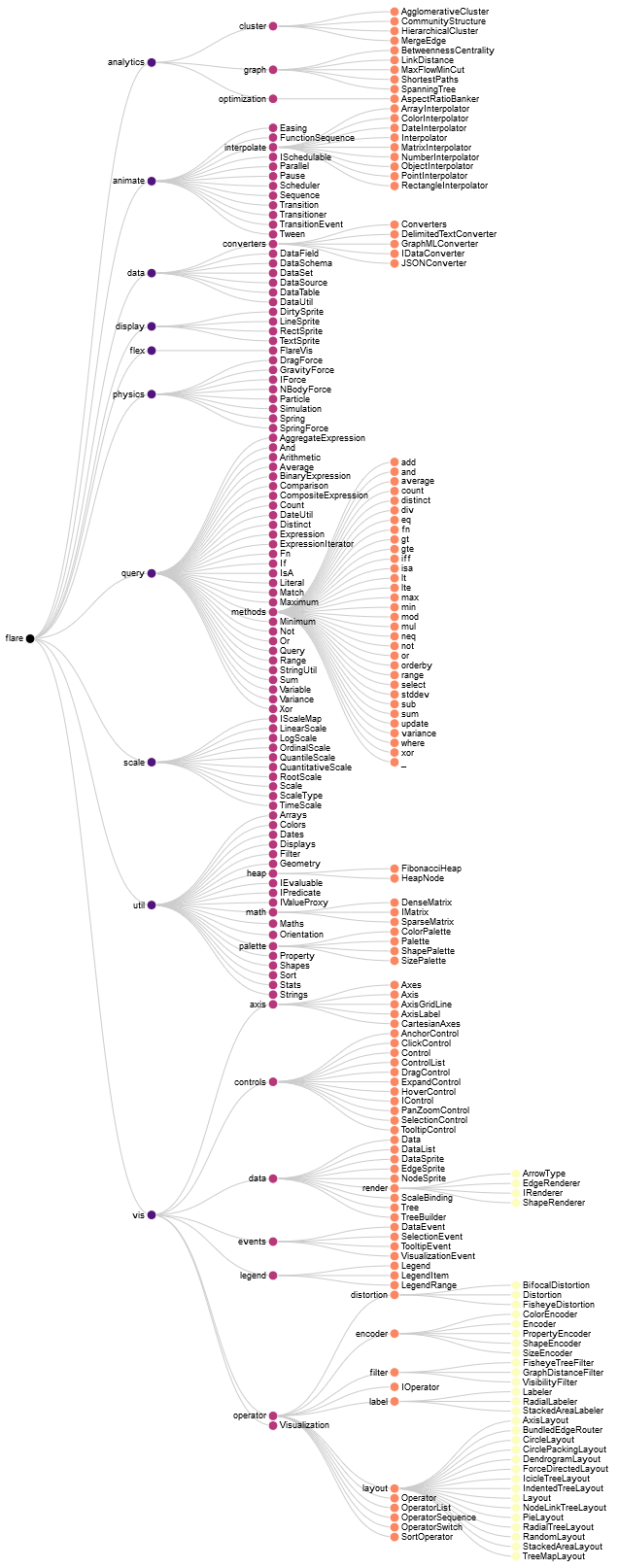 Reactive Vega Tutorial Notebooks
Reactive Vega Tutorial Notebooks
Two tutorials with exercises for interactive, declarative visualization with Vega, including interactive bar charts and a basic tree visualization.
On Observable. For the Data Visualization course
Tutorials
-
 VIS '18: Comparative Visualization
VIS '18: Comparative Visualization
This tutorial provides visualization designers with a means to systematize domain problem analysis and to learn which algorithms, visual designs and interactions to use when, also taking into consideration human perception and cognition capabilities.
-
 VIS '14: Opening the Black Box of Visualization Interaction
VIS '14: Opening the Black Box of Visualization Interaction
After completing this tutorial, participants can expect to have gained an extensive overview of interaction in visualization that will allow them to consider all three of the perspectives when designing and evaluating interactions.
-
 VIS '13: Grooming the Hairball
VIS '13: Grooming the Hairball
The tutorial serves mainly to further the understanding of network visualization beyond the point of creating an initial layout. It thus caters to an intermediate level audience with some basic knowledge on graph layout and visualization, but it will certainly present an interesting cross-section through the larger domains of network visualization and graph drawing for established researchers as well.
-
 VIS '12: Connecting the Dots
VIS '12: Connecting the Dots
This tutorial discusses how such relationships can be visually expressed, a process we call linking. The tutorial addresses the three questions, what, how and when to link in three separate parts.
